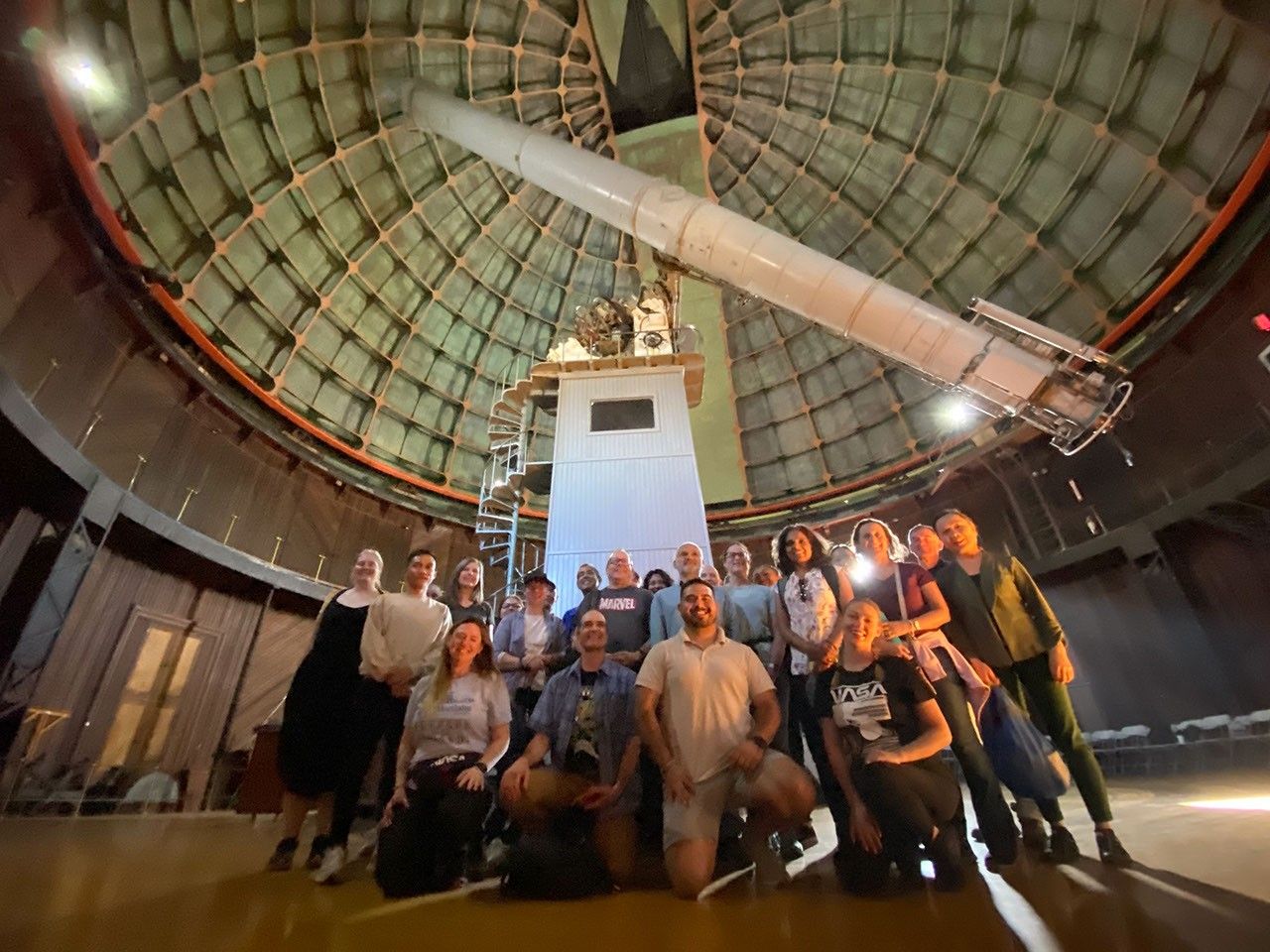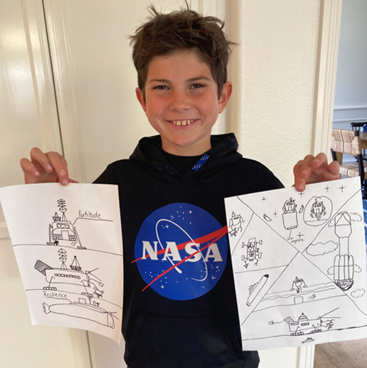Editor’s Note: This media advisory was updated Friday, Jan. 12 to reflect a change in the submission deadline.
The third Power to Explore Student Challenge from NASA is underway. The writing challenge invites K-12th grade students in the United States to learn about radioisotope power systems, a type of nuclear battery integral to many of NASA’s far-reaching space missions, and then write an essay about a new powered mission for the agency.
For more than 60 years, radioisotope power systems have helped NASA explore the harshest, darkest, and dustiest parts of our solar system and has enabled many spacecrafts to conduct otherwise impossible missions in total darkness. Ahead of the next total solar eclipse in the United States in April 2024, which is a momentary glimpse without sunlight and brings attention to the challenge of space exploration without solar power, NASA wants students to submit essays about these systems.
Entries should detail where students would go, what they would explore, and how they would use the power of radioisotope power systems to achieve mission success in a dusty, dark, or far away space destination with limited or obstructed access to light. Submissions are due Feb. 9, 2024.
“The Power to Explore Student Challenge is part of NASA’s ongoing efforts to engage students in space exploration and inspire interest in science, technology, engineering, and mathematics,” said Nicola Fox, associate administrator of NASA’s Science Mission Directorate in Washington. “This technology has been a gamechanger in our exploration capabilities and we can’t wait to see what students – our future explorers – dream up; the sky isn’t the limit, it’s just the beginning.”
Judges will review entries in three grade-level categories: K-4, 5-8, and 9-12. Student entries are limited to 250 words and should address the mission destination, mission goals, and describe one of the student’s unique powers that will help the mission.
One grand prize winner from each grade category (three total) will receive a trip for two to NASA’s Glenn Research Center in Cleveland, to learn about the people and technologies that enable NASA missions. Every student who submits an entry will receive a digital certificate and an invitation to a virtual event with NASA experts where they’ll learn about what powers the NASA workforce to dream big and explore.
Judges Needed
NASA and Future Engineers are seeking volunteers to help judge the thousands of contest entries anticipated to be submitted from around the country. U.S. residents over 18 years old who are interested in offering approximately three hours of their time to review submissions should register to be a judge at the Future Engineers website.
The Power to Explore Student Challenge is funded by the NASA Science Mission Directorate’s Radioisotope Power Systems Program Office and managed and administered by Future Engineers under the direction of the NASA Tournament Lab, a part of the Prizes, Challenges, and Crowdsourcing Program in NASA’s Space Technology Mission Directorate.
Learn more about the challenge online:
Power to Explore Student Challenge
-end-
Karen Fox / Alana Johnson
Headquarters, Washington
301-286-6284 / 202-358-1501
karen.c.fox@nasa.gov / alana.r.johnson@nasa.gov
Kristin Jansen
Glenn Research Center, Cleveland
216-296-2203
kristin.m.jansen@nasa.gov


























